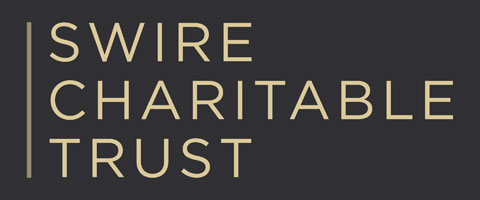Marbling consists of floating ink or paint on a surface to create a pattern. The colour may be simply dropped on to create random blobs or the ink/paint may be blown or swirled using an implement to create a pattern. A sheet of treated paper is then carefully placed on the paint and the pattern transfers to the paper. The process was thought to be first developed in China and Japan, before travelling to Central Asia, India, Iran and Turkey, before reaching Europe in the seventeenth century. Now there is evidence to suggest it actually developed independently in Persia and didn’t necessarily come through from Japan.
In Europe, marbled paper was used both for book covers as well as for the endpapers. The patterned paper ensured that slight damage due to constant or rough handling wasn’t so obvious than if the cover had been plain.
Marbling became popular as a handicraft in the nineteenth century after the publication of the The Art of Marbling by Charles Woolnough in 1853. A second book in 1893 by Josef Halfer was also popular and included a section on marbling book edges, a practice that was used a great deal on ledgers. The idea was that if a section of the ledger was removed or pages added or altered, the marbling would be interrupted or damaged, thus showing visually the evidence of tampering.






